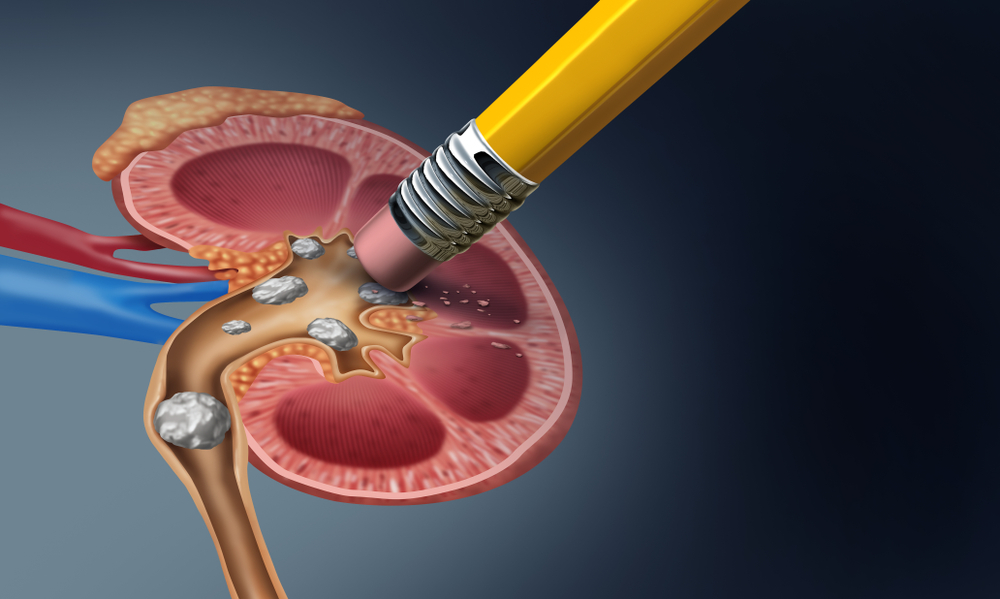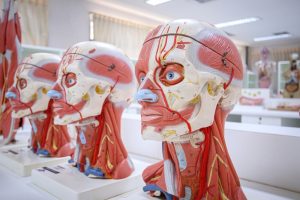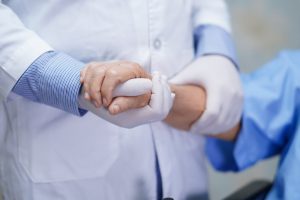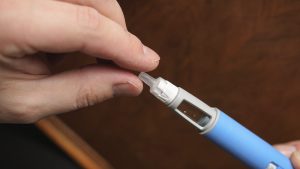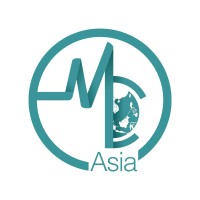Kidneys are a pair of bean-shaped organs located at the lower back region. Kidneys help to purify the impurities in blood. Although they are very small in size, they can filter 200 litres of fluid every 24 hours. Each kidney is composed of a million tiny filters, known as nephrons. Kidney stones are small, hard deposits of minerals and acids that occur on the inner surface of the kidneys. Kidney stones can vary in size, and can cause pain as the stones descend along the urinary tract.
Once a kidney stone has formed, it can either remain inside the kidney or pass down to the ureter and be expelled from the body with urine. Different types of kidney stones include:
- Calcium oxalate
- Mixed calcium oxalate and phosphate
- Magnesium ammonium phosphate
- Uric acid
- Cystine
Epidemiology
Men are more likely to get kidney stones than women. Its incidence increases in individuals who are 30 to 50 years old. It is estimated that 10 % of the population is affected by kidney stones in their lifetime.
Risk factors and aetiology
Urine is composed of various waste materials. When the waste material component increases in proportion to the liquid component, waste materials start to form crystals. These crystals attach to form a mass and that is how kidney stones are formed.
Some risk factors for kidney stones include:
- High salt, sugar, and protein diet
- Insufficient water intake
- Obesity
- Family history of kidney stones
- Medical conditions like hyperparathyroidism, uric acid, and gout
- Drugs such as magnesium trisilicate or ciprofloxacin.
Symptoms
Kidney stones are asymptomatic unless they move within the kidney or pass down the urinary tract. The presence may cause dull pain while running or doing exercise. When kidney stones pass down from the kidneys through the urinary tract, it can cause severe pain in the back and flank region. This pain can also be felt at the thigh or lower abdominal region of the same side, due to the radiation of pain.
Additionally, urine colour may change to pink or red as the stone may cause injury to the kidney. If you experience any of the following symptoms, please urgently seek medical attention:
- Bad pain in your back that does not go away
- Presence of blood in the urine
- Fever and chills
- Vomiting
- Burning sensation while urinating
Diagnosis
Kidney stones may be diagnosed by evaluating the history of symptoms, physical examinations, as well as X-ray, ultrasound, and a computed tomography (CT) scan.
- X-ray: An x-ray of your abdomen can be done to assess the opacity of the kidney stone and its progression. This method detects 10% of kidney stones.
- CT scan: A CT scan is able to detect even the smallest kidney stone in contrast.
- Abdominal ultrasound: An ultrasound will help to detect 90% of kidney stones. This is also used to assess kidney size and other abnormalities.
- Other tests that can be performed to check for complications are:
- Routine blood examination including calcium, phosphorus, uric acid.
- Kidney function test: This is used to assess blood urea, nitrogen and creatinine levels for the functioning of the kidneys.
- Routine urine examination to test for the presence of bacteria, blood, or pus.
Treatment
Treating kidney stones will vary according to the type and size of the stone:
- If less than 5mm: It can pass itself in urine, the patient is advised to drink 2 litres of water to increase urination.
- If greater than 5mm but less than 2cm: A procedure may be done where shock waves are administered from outside the body to help break the stone into smaller sizes so it can pass with urine.
- If greater than 2cm: Surgery is indicated.
Medication
- Pain can be managed through the use of painkillers
- Antibiotics are prescribed in the event of an infection
- If kidney stones are formed due to an underlying condition, the underlying condition must be addressed
- Diuretics: Thiazide diuretics prevent the formation of calcium stones by rapidly washing out calcium.
Surgical options
- Extracorporeal shock wave lithotripsy: This is a non-invasive procedure in which sound waves are used to break large stones to facilitate their movement down the ureter to the bladder.
- Percutaneous nephrolithotomy: In this surgery, the surgeon will make a small hole in your back, insert a scope, and remove the kidney stone.
- Ureteroscopy: In this surgery, the surgeon will insert a telescope (a flexible tube with a camera at the end) through your genitalia to your bladder or ureter to extract the kidney stone.
Prevention
The formation of kidney stones can be prevented through healthy eating habits. Some ways to prevent kidney stones are:
- Drinking more water: Try to drink around eight glasses of water daily. Lemonade and orange juice are also good because they both contain citrate which may prevent stones from forming.
- Consuming less sodium: Too much salt intake can prevent calcium from being reabsorbed from urine leading to high calcium levels in urine which may lead to calcium stones.
- Eating fewer oxalate-rich foods: Oxalate is a component of food that binds to calcium in the urine and can form kidney stones. Food that is high in oxalates include:
- Spinach
- Chocolate
- Sweet potatoes
- Coffee
- Peanuts
- Eating less protein: Food high in animal protein may increase a component called uric acid that precipitates to form uric acid kidney stones. Foods high in protein include:
- Beef
- Poultry
- Fish
- Pork



